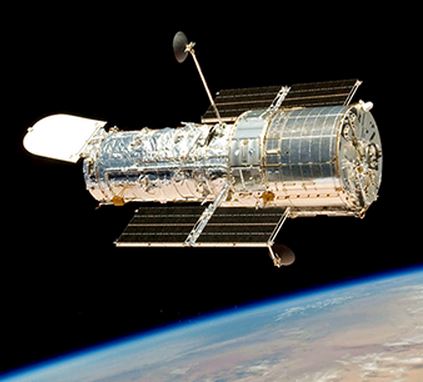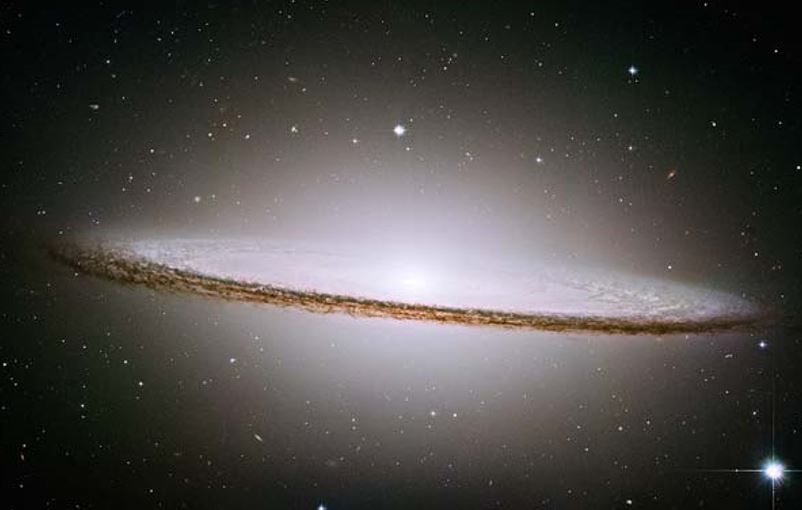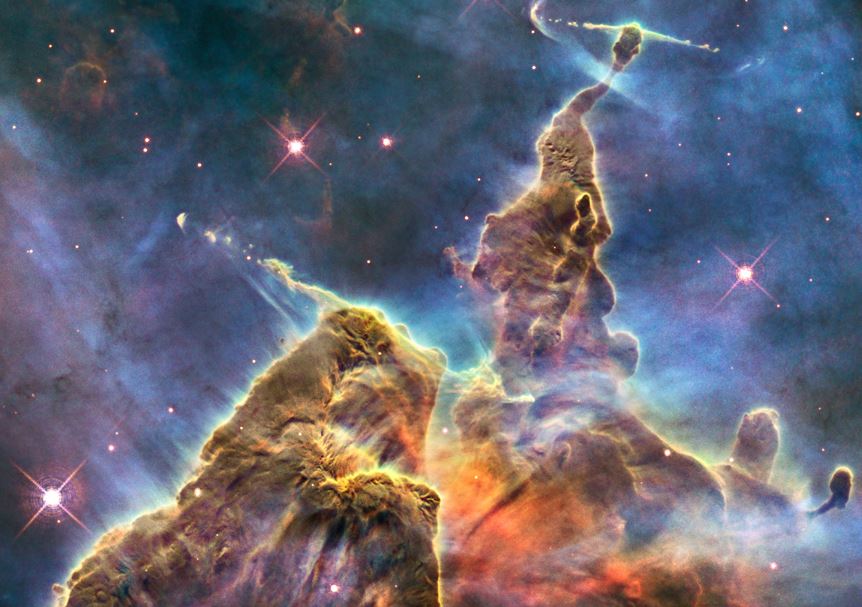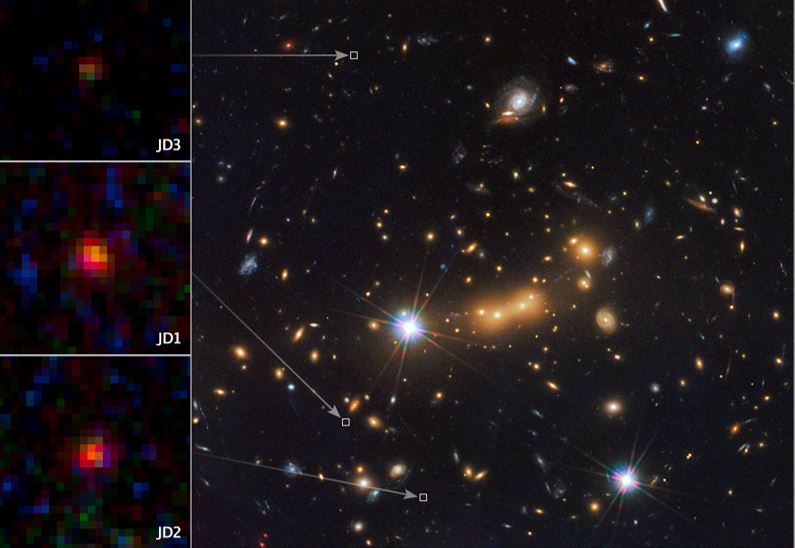Exactly 25 years ago on 24 April, the Hubble Space Telescope was taken into orbit by Space Shuttle Discovery in what was at the time considered the most ambitious astronomy mission in human history. In its short life, its contribution to science has been spectacular.
The Hubble Space Telescope (HST), named after the American astronomer Edwin Powell Hubble (1889-1953), regarded as one of the most important observational cosmologists of the 20th century, is a space telescope that was launched on 24 April, 1990, into low-Earth orbit.
HST has a 2.4 metre (7.9 ft) mirror. Its four main instruments are able to observe in the visible, near ultraviolet and near infrared spectra. It is housed in a 4.2 by 14.3 metre cylinder, and orbits the Earth at 28,000 kilometres per hour.

The Hubble Space Telescope. (Image: Google Earth)
Its primary mirror, which is just 2.4 metres in diameter and polished to within 10 nanometers of perfection, is the most accurate surface ever made, says NASA.
Some breathtaking photographs
It is estimated that the HST will continue operating until 2020, when it will overlap with the James Webb Space Telescope, which is scheduled to launch in 2018.
HST has taken some spectacular and significant images, from planets within our own solar system to snapshots from a time when our Universe was very young.
According to NASA and the European Space Agency, the Hubble Space Telescope has made more than one million observations since (encoded in more than 200 terabytes of data) it was born.

The Sombrero Galaxy, so named because it resembles a broad-brimmed Mexican hat. One of the biggest Hubble mosaics ever assembled, this magnificent galaxy has an apparent diameter that is nearly one-fifth the diameter of the full moon. (Image: hubblesite.org)

Spectacular gaseous pillars in the Carina Nebula, nicknamed “Mystic Mountain”. High energy ultraviolet radiation and strong stellar winds from hot young stars heats and erodes the dense dark gas of the pillars. The jets coming from the tops of two pillars are emitted by newborn stars formed within the dense clouds. (Image: hubblesite.org)

Example of gravitational lensing, which not only distorts the shapes of distant galaxies, but also magnifies their brightness. The same background galaxy can be seen in this image (JD1, JD2, and JD3). (Image: hubblesite.org)

The iconic Eagle Nebula’s “Pillars of Creation.” Astronomers combined several Hubble exposures to assemble a wider view of the pillars, which stretch about 5 light-years high in the new image. The image was taken with Hubble’s versatile and sharp-eyed Wide Field Camera 3. (Image: hubblesite.org)
ESA and NASA to celebrate
To commemorate these 25 years of success in engineering, science and culture, ESA/Hubble will run a series of projects aimed at involving members of the public in the celebrations.
NASA will celebrate with a variety of events. Starting at midnight, April 20, running through Sunday, April 26, images captured by the HST will be broadcast several times each hour on the Toshiba Vision dual LED screens in Times Square, New York.
NASA wrote:
“The IMAX movie Hubble 3D is playing at select theatres across the United States throughout April. Hubble images come to vast, three-dimensional life, taking audiences through the telescope’s 25-year existence and putting them in orbit with astronauts during the latest servicing mission.”
For more information and the trailer, visit: hubblesite.org/hubble_20/imax_hubble_3d/.
Video – Hubble’s 25th Birthday and 25 images
To celebrate its 25th birthday, Hubble Space Telescope scientists have assembled 25 images that represent both the beauty of the Universe captured by the telescope and the important science realized by this magnificent device orbiting over our heads.
